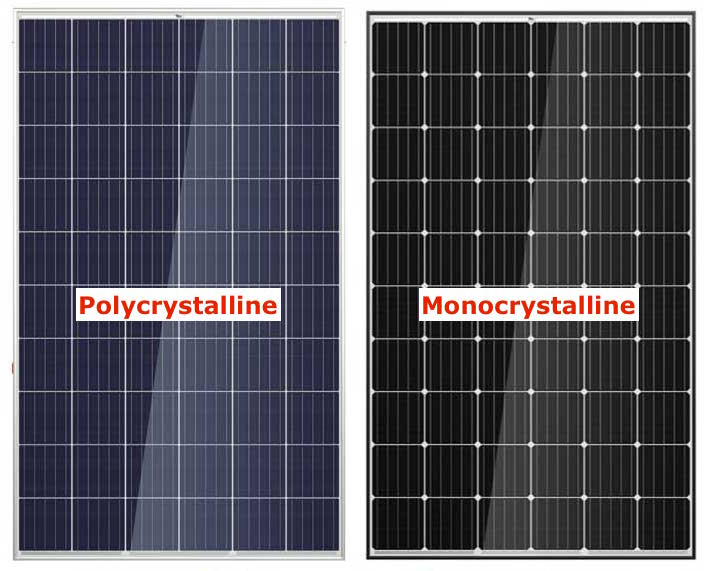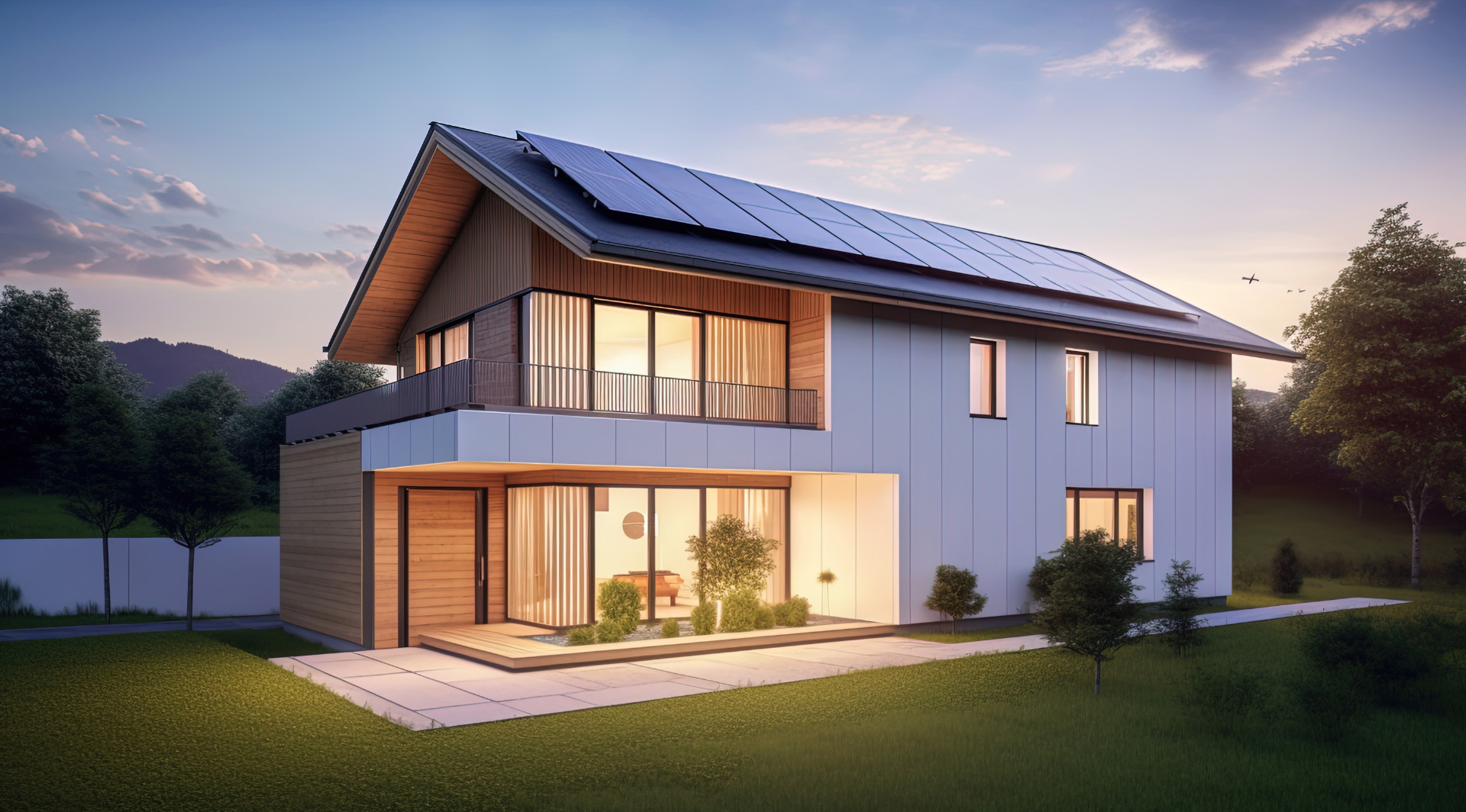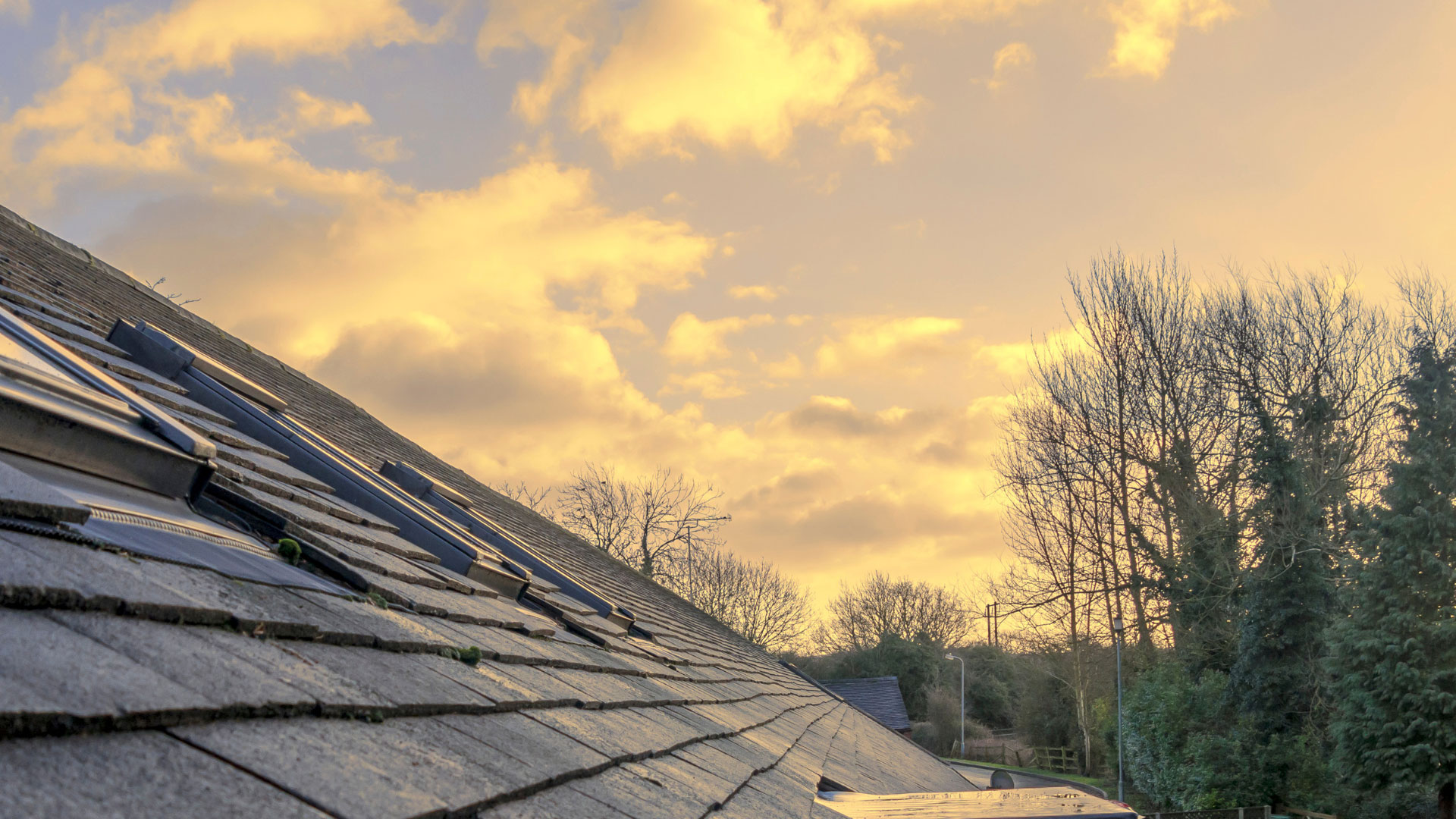There are several hundred companies that manufacture solar panels, and when it comes to buying solar panels, it is important to know the different types and their pros and cons. When looking at the different types of solar panels, you will notice there are three primary options: monocrystalline, polycrystalline (also known as multi-crystalline) and thin-film. If you are going to be buying solar panels from an established company, knowing how these various types are engineered, what they look like, cost, performance and the installation process will arm you in making an educated purchase designed to help you get the greatest savings.
Buying Solar Panels that are Monocrystalline, Pros and Cons
When buying solar panels, a lot of homeowners and business owners like the monocrystalline option because it is the oldest and most developed of the three solar panel types. As the name’s Latin root suggests, the solar panels are constructed from a single continuous crystal build. One of the pros associated with buying solar panels of the monocrystalline variety is that it appeals more to people who care about aesthetics. Monocrystalline solar panels have cells that appear as a single flat color. So if you are looking for a sleek, modern look this option could be ideal. However there is a con, and it is that you often need to cover a larger surface to output the identical electric power. But this is not always the case, so when calling solar panel companies, ask about their monocrystalline panel options and output.
Polycrystalline as an Option for Your Choice of Solar Panels
While some people buying solar panels prefer the monocrystalline type for its older, more established technology, other people buying solar panels prefer newer technology, which is a pro for investing in polycrystalline solar systems. In terms of aesthetics, if people like that uniformed look, this type of solar panels is popular because it has a distinctive grains and edges in the solar cell that occurs in the manufacturing process when the crystal seed enters a pool of molten silicon and then set out to cool. As for a con, many people report that this type is slightly less efficient, but a con is they tend to be more affordable and when you do the math it is still a great investment.
Buying Solar Panels that are Thin-Film
One pro for buying thin-film solar panels is for that target buyer group that wants a sleek, black frameless look. That said, when buying solar panels and one goal is to achieve that look, thin-film would be ideal. Frameless solar panels are especially popular for homes of buildings with specific designs, like mid-century modern or art deco, as frames can give an unwanted industrial look that would conflict with such aesthetic styles. A con is that thin-film solar panels have the lowest efficiency of all types due to their lower power efficiency. However, they are also the most affordable type because they are the cheapest types of solar panels to engineer. However, if cost is a main concern, don’t think you have to buy thin-film solar panels to stay within your budget. Thanks to all the government and state incentives there are some tax credits you can qualify for, and the best solar panel companies will have amazing warranties so that all the different types of solar panels can be affordable for most businesses and homeowners.





